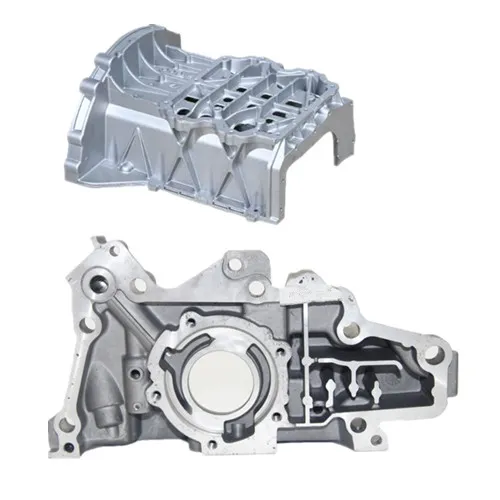Mobile:+86-311-808-126-83
Email:info@ydcastings.com
Exploring the Benefits and Techniques of Die Casting in Modern Manufacturing
Die Casting An Efficient Manufacturing Process
Die casting is a versatile and efficient manufacturing process that allows the production of complex metal parts with high precision and a smooth finish. This process involves forcing molten metal into a mold cavity under high pressure, which solidifies to form the desired component. Common materials used in die casting include aluminum, zinc, and magnesium, each offering a unique set of properties suitable for various applications.
One of the major advantages of die casting is its ability to produce parts with tight tolerances. The high-speed injection of molten metal into the die ensures that the material fills the mold completely and uniformly, minimizing defects such as air pockets or incomplete filling. As a result, die casting can achieve significant detail and accuracy, making it ideal for industries such as automotive, aerospace, electronics, and consumer goods.
The die casting process can be broadly categorized into two types hot chamber and cold chamber die casting. In hot chamber die casting, the melting furnace is part of the die casting machine, allowing for faster processing times with low-viscosity metals like zinc. Conversely, cold chamber die casting is used for metals with higher melting points, such as aluminum and magnesium. In this case, the molten metal is poured into the chamber before being injected into the die. Each method has its specific applications and advantages, catering to various manufacturing needs.
die casting

Another significant benefit of die casting is its cost-effectiveness, particularly in high-volume production runs. Once the initial investment in the dies and machinery is made, the cost per part decreases substantially as production increases. Additionally, the process generates minimal waste, as the entire volume of molten metal is utilized during casting, resulting in a more sustainable manufacturing process. The ability to produce intricate designs also reduces the need for secondary operations, further lowering manufacturing costs and timeframes.
Furthermore, die casting is environmentally friendly, especially when compared to other metalworking techniques. With advancements in technology, many die casting facilities have implemented practices to minimize emissions and recycle scrap metal, contributing to sustainability goals. Additionally, the high durability of die-cast components leads to products that last longer, reducing the overall environmental impact.
As industries continue to innovate, the applications of die casting are expanding. Emerging areas, such as electric vehicles and renewable energy systems, are increasingly incorporating die-cast components due to their lightweight and robust characteristics. With ongoing advancements in alloy development and die casting techniques, the process is poised for even greater efficiency and versatility in future manufacturing scenarios.
In conclusion, die casting stands out as a highly effective manufacturing solution that combines precision, efficiency, and cost-effectiveness. Its ability to produce complex geometries with high tolerances makes it an essential process in various industries. As technology evolves, die casting will likely continue to adapt and thrive, meeting the demands of modern manufacturing while contributing to sustainable practices.
-
Why Should You Invest in Superior Pump Castings for Your Equipment?NewsJun.09,2025
-
Unlock Performance Potential with Stainless Impellers and Aluminum End CapsNewsJun.09,2025
-
Revolutionize Your Machinery with Superior Cast Iron and Aluminum ComponentsNewsJun.09,2025
-
Revolutionize Fluid Dynamics with Premium Pump ComponentsNewsJun.09,2025
-
Optimizing Industrial Systems with Essential Valve ComponentsNewsJun.09,2025
-
Elevate Grid Efficiency with High-Precision Power CastingsNewsJun.09,2025











